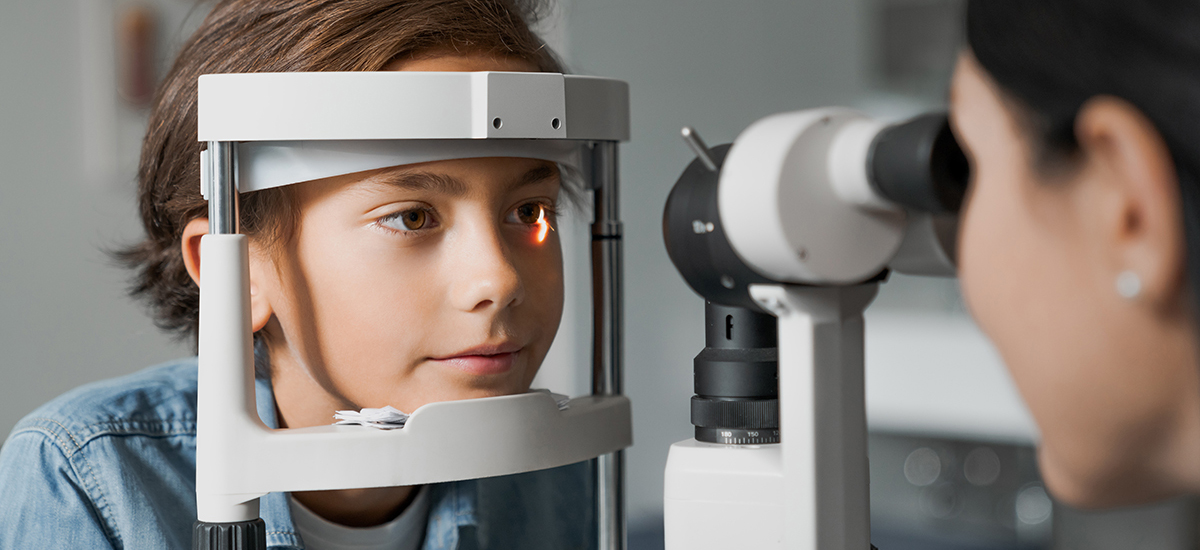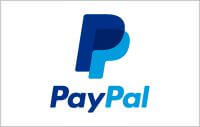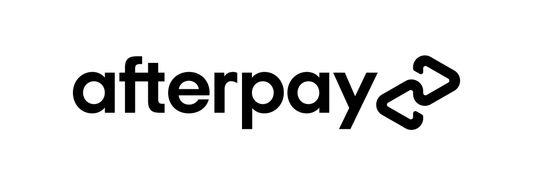What Is Included in a Child’s Eye Exam?

If your child is due for a visit to the eye doctor, you may be wondering what is included in a child’s eye exam. By understanding the basics of what will happen, you can help your child overcome any anxiety associated with going. It will also help put you at ease because it is necessary for children to have regular eye exams.
Why is it important? A child’s vision is linked to the learning process. Poor vision can hurt a child’s schoolwork. If they can’t see the board, they might not understand what the teacher is showing them. If the child can’t see the words written in a textbook clearly, it will be difficult, and possibly frustrating, for them to keep up with the teacher and the rest of the class. Knowing what to expect at a child’s eye exam will not only inform you and help relax your nerves, it will help your child in the learning process as well.
What steps are included in a child’s eye exam?
In the comprehensive child’s eye exam, you can expect the optometrist to make your child feel as comfortable as possible. We will talk to you about any concerns you may have in regards to your child’s eye health, such as learning difficulties at school. Then, we will assess your child’s overall eye health and determine if glasses are needed. Another routine eye test involves applying eye drops to dilate their pupil and get a better look behind the eye.
If your child feels comfortable talking to us, we will speak directly to them. That will help us better assess what is happening with your child’s eyes and vision. And if your child currently wears glasses, we will perform some tests to see if any modifications should be made to their prescription. The process is painless and simple.
What tests are included in a child’s eye exam?
During a child’s eye exam, we will perform three assessments, including a vision test, pupil test, and eye movement test. For the vision test, we will use an eye chart to assess your child’s ability to see far away and close up. This will determine whether your child is nearsighted or farsighted. During the pupil test, we will flash a light in each eye to see how the pupil and your child’s eyes respond.
For the eye movement test, we will inspect your child’s peripheral vision by moving an object back and forth in front of their eyes. Our licensed optometrists are experts at working with children, so you don’t have to worry about the tests because our team will make sure that you and your child feel at ease.
Are vision screenings enough?
Vision screenings at school are useful for understanding what needs to come next, but you should always consult a licensed optometrist to fully understand what is happening with your child’s vision and make plans to help correct the vision if it is needed.
Vision screenings cannot always diagnose vision conditions. In fact, according to the American Optometric Association (AOA), “Many vision conditions lack obvious signs or symptoms and can go completely unnoticed, causing delays in the detection and treatment of a potentially serious or life-limiting condition [with only vision screenings].”
An eye exam is more comprehensive than a vision screening. It’s recommended that every child should receive an eye exam in addition to the vision screening because the annual eye exam will help keep any prescriptions current and give the eye doctor a chance to check for other vision issues. So, don’t be afraid of your child’s eye exam. It’s harmless, and our optometrists will make sure that your child is cared for.
What is included in a child’s eye exam that is different than an adult’s eye exam?
The main difference between a child’s eye exam and an adult’s eye exam is the frequency of visits. How often you should go to the eye doctor depends on your age and vision health. For instance, a child should go to the doctor before 6 months of age, at 3 years of age, and then annually from ages 6 to 9. Adults should continue to have eye exams every year.
To help your child overcome anxiety at the eye doctor, it’s vital to help them understand what will happen. First, give your child an idea of what’s to come. Assure your child that everything will be just fine. Let them know that once the “puff-of-air” test, or tonometry test, which measures the eye pressure, is done, the hard part is over. Your child can bring their favorite book or toy to help calm their nerves as well.
Summary: What is included in a child’s eye exam?
It’s important to know what is included in a child’s eye exam to eliminate you and your child’s stress. By knowing the steps and tests performed, you will be able to better communicate about eye health concerns.
Throughout the exam, parents are encouraged to ask questions. We want you to feel comfortable discussing any concerns you may have. This will also help us perform a more comprehensive eye exam on your child. After all, these eye exams are vital to your child’s development and overall health.
Here is what will happen at the exam:
- We will dilate the eyes to get a better look in your child’s eyes.
- We will perform a vision test to see if your child is farsighted or nearsighted.
- A pupil test will be done to determine how your child’s eyes react to light.
- An eye movement test will take place to check your child’s peripheral vision.
There’s nothing to fear during a child’s eye exam. We will make it as comfortable as possible, and educate yourself about what to expect.
Shop at For Eyes for your next pair of glasses
Show off your unique style and browse our wide variety of frames from your favorite brands for men, women and kids. Stop by your local For Eyes or order online at your convenience.







